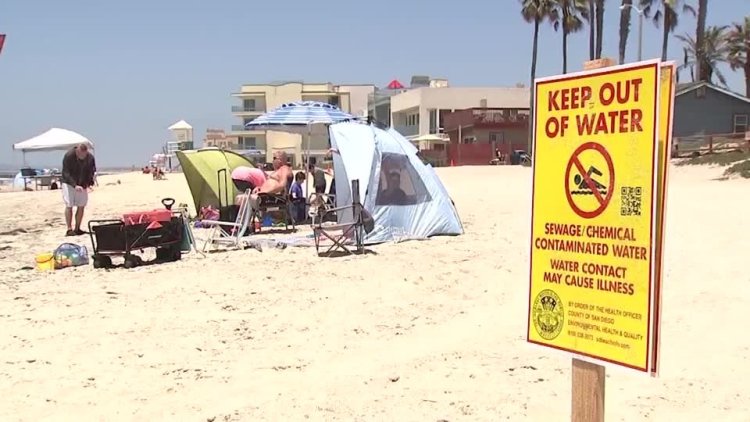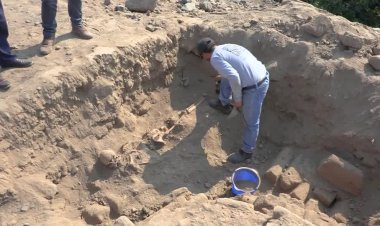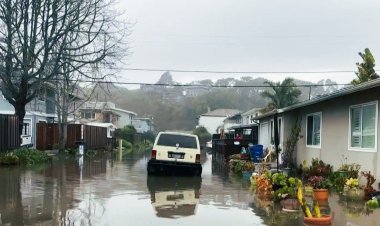Sewage Crisis Fouls San Diego Beaches

Each day, millions of gallons of raw sewage cascade through a canyon and into the Pacific Ocean just south of the U.S.-Mexican border. As any surfer in San Diego knows, summer swells that come from the south will push the sewage-laden seawater north.
Meanwhile, millions more gallons of both treated and untreated sewage flow down the Tijuana River and into the sea just north of the border.
When the wind and currents conspire, the odor of fecal bacteria fouls the otherwise quaint San Diego County town of Imperial Beach.
Were it the result of a hurricane or wildfire, rather than decades of neglect, the crisis might warrant a declaration of emergency, freeing recovery funds to address environmental damage, the threat to public health, and loss of tourism.
Instead, beachlovers and politicians are growing increasingly frustrated at the difficulty of solving what.
Imperial Beach Mayor Paloma Aguirre calls it "the biggest environmental crisis in the nation."
An overworked and underfunded plant built on the U.S. side to treat Mexican sewage has buckled under an increased volume that has been piped across the border the past two years, but plant managers say it should be back on track in August.
The Mexican state of Baja California says the most crucial repairs to Tijuana's battered sewage infrastructure are on schedule to be completed soon after, potentially ending the worst of the sewage spills. Mexico has committed $144 million to repairs under its treaty obligations, with Baja California budgeting nearly $400 million more through 2027.
Immediately north of the U.S.-Mexican border wall that descends into the sea, San Diego County health officials have effectively closed the beach for more than three years straight.
A little further north near the Imperial Beach pier, bright yellow signs warning "Keep out of Water" have been posted on and off since September 2021, depriving surfers of waves and Imperial Beach of crucial summer tourism revenue.















